Thinking about starting your own homestead? We’ll outline some the most basic information you need to learn how to get started homesteading, one step at a time.
Maybe you’ve always had the thought in the back of your head: someday, we’ll leave this place behind – this life behind and start a homestead.
OR- maybe, recent circumstances have made the thought of homesteading an almost urgent necessity.
There are many reasons someone might decide owning a small farm and living off the land is the right decision for them.
Today, I believe there is more interest than ever in learning to be more self-sufficient and connecting past skills to our present lifestyle.
The great thing is that even if you don’t yet own a piece of land, or only have a small yard to start with – you can start homesteading today – in small ways that build towards your long-term goals.
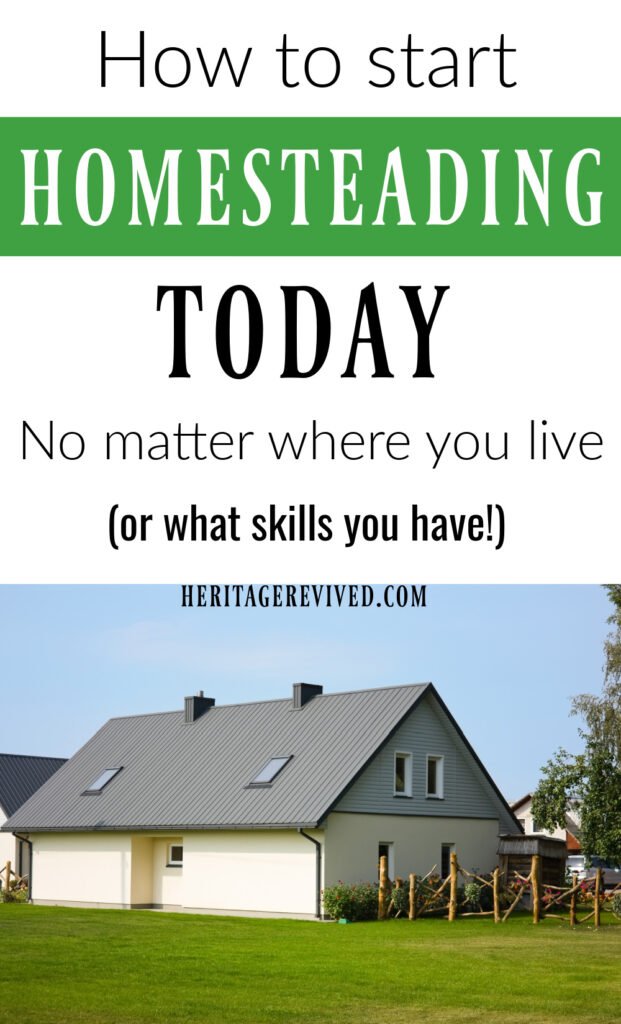
Small-scale homesteading concept
We practice what I would call small-scale homesteading, and it’s been a rather new adventure in the last few years.
With only a few acres, we’re somewhat limited in the scale of, for instance, how many animals or crops or outbuildings we can have.
But, we have just enough space to get started, with plans to expand on more land in the future.
For us, starting small was the best way because:
- We can learn farm skills without feeling overwhelmed by too many projects at once
- We can really decide what interests us the most and dive deep into a narrower range of interests (and hopefully avoiding the jack-of-all-trades but master-of-nothing scenario)
- It costs less to grow “into” a full-blown homestead
- It allows us to not be tied down to full-time farming/maintenance while we’re still working other jobs
This site contains affiliate links to products. As an Amazon associate, I earn from qualifying purchases. Please read my disclosure for more info.
Where to start as a new homesteader
Obviously, everyone will have different reasons and goals to start homesteading, so this will help guide the initial size and scale of your homestead plans.
If you’re already living on a few acres or have some yard space – or just some ambition, as we’ll discuss! – you CAN get started now.
Basically, your starting point just depends on on your interests, the resources you have available, and the skills you already have, or are willing to learn first (or deem most important).
You simply can’t do it all at once, but you can do something, and you can start now.
Below are some beginner tips to help you start homesteading today.
Homesteading for Beginners
1| Assess your outdoor property
With the current outdoor space you have, make a quick drawing of your property and decide what you have room for now.
Do you have a garden space already? If not, can do you have space for a one? Map it out in your drawing.
What about raised beds or container gardening? (Which make it easier to control garden weeds, by the way.)
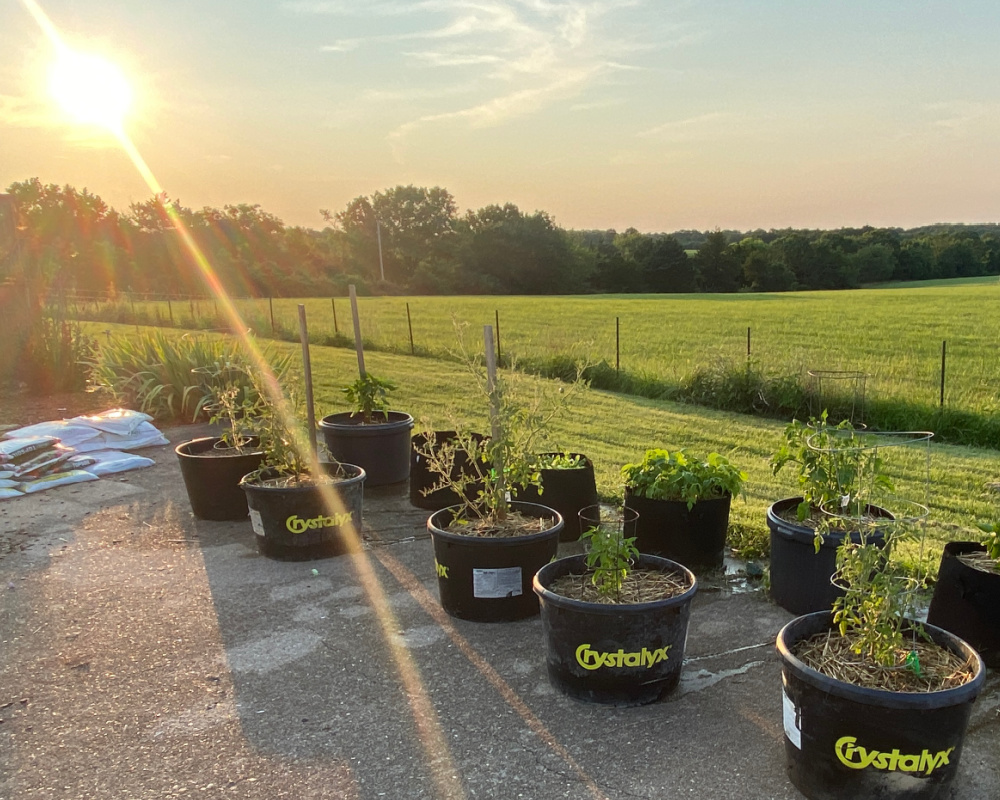
You can start a few containers of veggies with very little outdoor space. Map out the best sunny location to add some containers.
Do you plan to add animals to your homestead? Map out areas on your property where you would have them.
You don’t have to have all the plans together yet or even know HOW to raise a garden or animals. Just get a quick sketch down on paper.
Having a general idea of what is possible, can motivate you and help you prioritize your homestead goals.
2| Assess your indoor space
When you’re starting a homestead from scratch, you may be more focused on the outdoor space; after all, that is where most of the magic happens, right?
However, whatever you raise outside eventually has to come inside!
A few things to plan ahead for:
- Freezer space: Do you have a deep freeze to hold extra fruits, veggies or meats that you plan to harvest?
- Cabinet space: Do you currently have enough shelves to hold jars of canned or dehydrated food?
- Food storage: Do you have the supplies needed to can, dehydrate, and freeze the food you raise?
If the answer to the above is no, no, and no- it’s ok! You just need to start thinking about these things now.
Now is the time to start stocking up on canning supplies, adding a second freezer if needed, and adding to your storage capacity with shelving units.
Be sure not to overlook yard sales, estate sales and Facebook marketplace where you might be able to save a lot of money on used items.
If you don’t have a place to store all of these things, it’s time to get creative!
Think outside the box, such as under-bed storage, the space above your kitchen cabinets, or other nooks in your home where you could stash a few canning jars or other supplies.
3| Prioritize
After you’ve brainstormed your outdoor and indoor spaces, it’s time to get practical.
As I mentioned, you might be tempted like I was to just jump in and do all.the.things, because it sounds like a fun challenge.
Buy all the chickens! Raise all the bees! Why not throw a few goats in the mix?
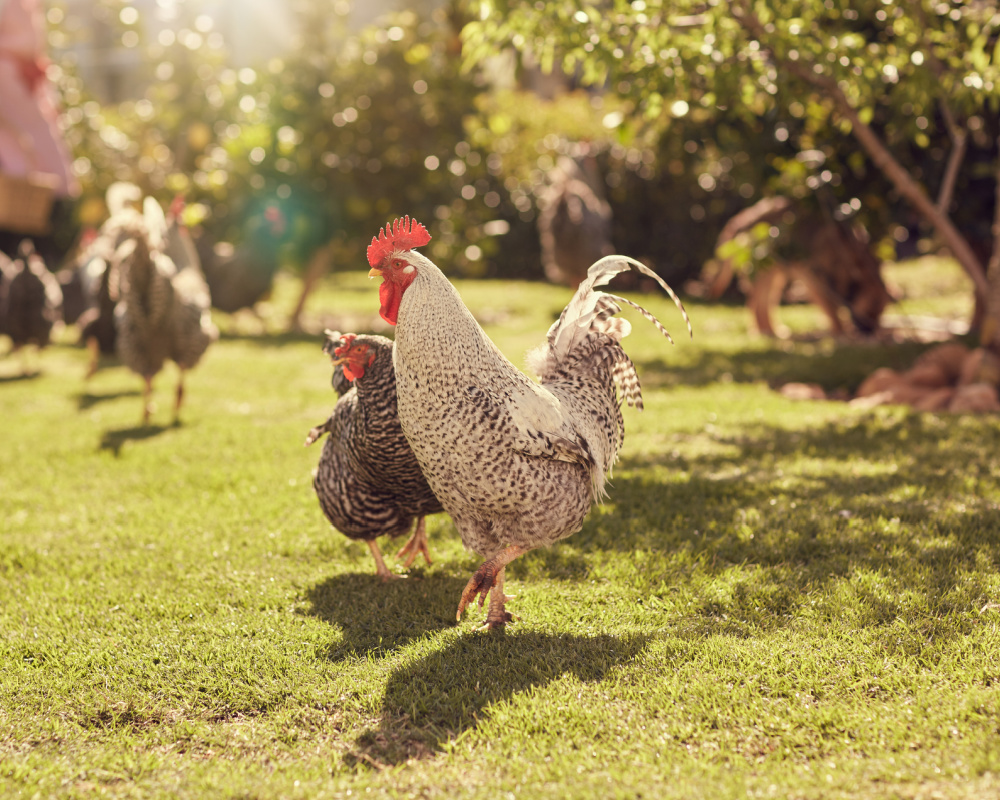
However, my wiser homesteading friends will tell me to just tackle a FEW things at a time.
And, they’re right.
Although I often feel pressure to get everything going at once (especially when I think about inflation, the general state of the world…), I have to be realistic.
I can’t possibly learn all the skills for all the projects I want to do at once, so I’m much better off starting with one or two new projects per season (or per year), and you probably are, as well.
So, look back at your property drawing from step #1 above, and think about what you can realistically store/stock up on in your home over the next year or so.
Then, pick the top one or two things you think is most important to do over the next year, and start planning for that project for this season (or the upcoming one.)
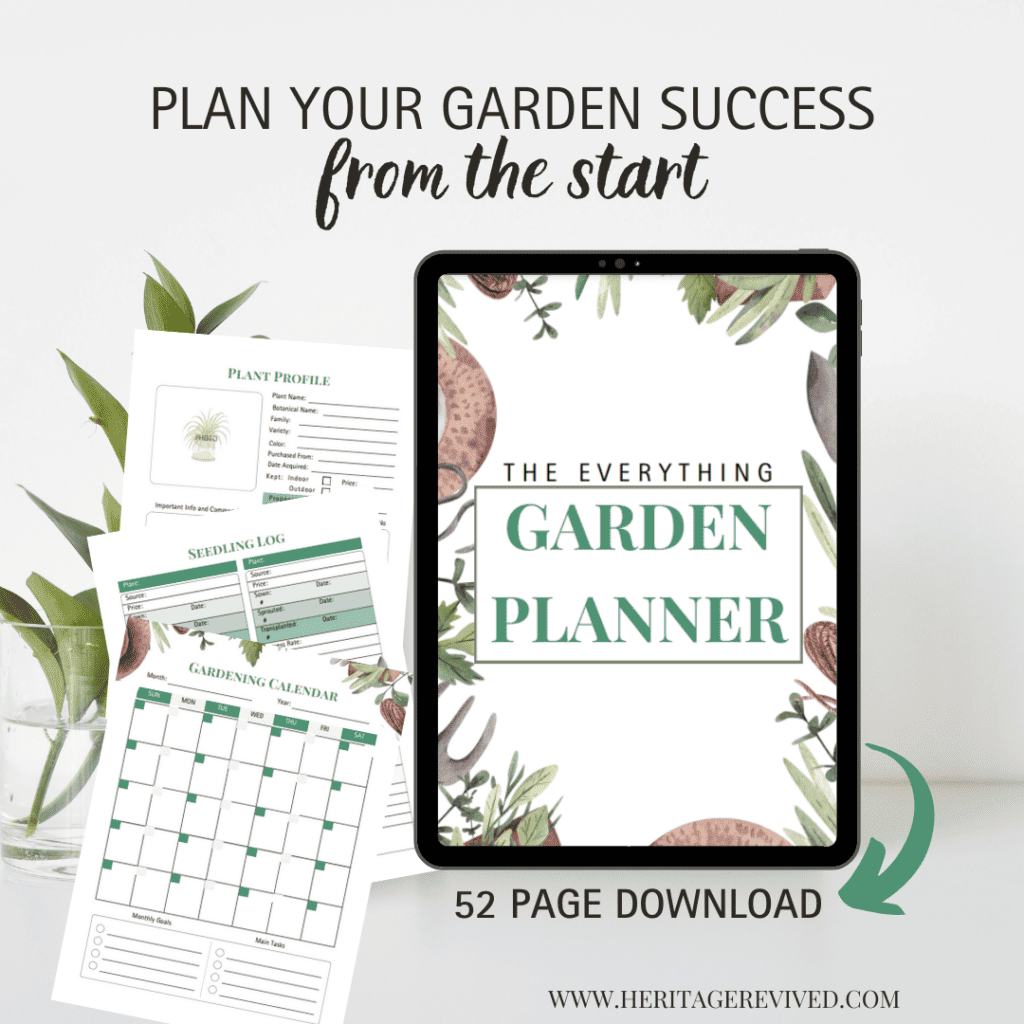
4| Start learning
After you’ve picked your most pressing project, you need some education to match your excitement!
The last thing you want to do is jump into, for instance, gardening – with no idea what plants grow well in your region, or how to control pests, or how much water your veggies need.
Another example with small animals is learning how to build a proper fence and how to keep predators OUT.

All of these things are critical to learn ahead of time, not just so you don’t lose your investment but also because you’ll become discouraged very quickly otherwise!
Here are a few great ways people learn how to start homesteading today:
Facebook groups
I can’t tell you how much I’ve learned from Facebook groups over the last year! Ask questions, read as many posts as possible. Try to find groups specific to your focused interest/projects for this year.
Books
This is an obvious choice, but again, the more specific, the better. This book was my favorite for learning new organic gardening methods over the last year.
Farms/homesteaders in your area
A lot of farmers are more than happy to teach you a thing or two, if you’re really willing to invest the time in listening and learning.
The great thing about local advice is that it can be more pertinent to your growing conditions where you live, and they can tell you information on where to get the best deals on equipment, where the small animal sales are, etc. They might even have some of these items to sell to you and help you get started.
Local University Extension offices
Like local farmers, you can call and get free advice from the experts. I’ve used these offices many times for questions about garden pests and more. In my area, they also hold workshops for things like canning, gardening and more.
YouTube
I’m more of a reader than a visual learner, but certain skills are best learned with a demonstration. There are an unlimited supply of YouTube homesteading channels to the point it’s almost overwhelming!
But again, if you’re focused on just one or two projects at a time, you can narrow down those skills you want to learn now, and go from there.
5| Practice makes perfect
So let’s say you haven’t had the time to prepare a garden and it’s late in the season.
My advice would be: just start where you are.
Grow some windowsill herbs and practice dehydrating them. Research recipes you can make with those specific herbs so they won’t go to waste.
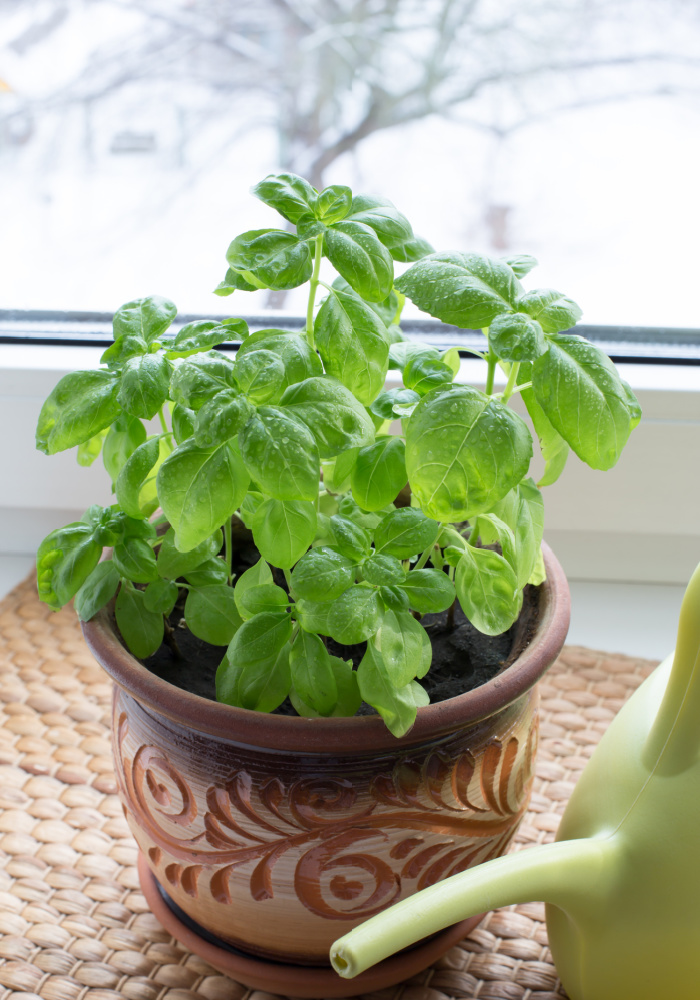
Maybe you couldn’t grow all those green beans you had hoped to harvest and can this year, but the Farmers Market has plenty.
Buy a bunch and start practicing your canning skills so you’ll be more prepared for next year.
A goal I have is to start raising bees next, but with the time I have available, it’s going to be another year or so before I’m ready to dive in.
So right now, I’m reading all I can about the subject, to save time later.
Maybe you’re reading this and you’re not quite living in a place where you can pursue your homesteading plans. Even if that’s the case, you can do something to learn, plan, and prepare for the future.
So while having skills is important, don’t get so hung up on perfection that you never start building your homestead, little by little.
Practice what you can, start where you are, and keep planning ahead.
Before you know it, you’ll look back and realize all these small steps you took to get started homesteading have been the best thing you could have done to build the (more) self-sufficient lifestyle you hoped for!
You might also like:
How to become more self-sufficient
Where to find Wheat Berries for Bread Making